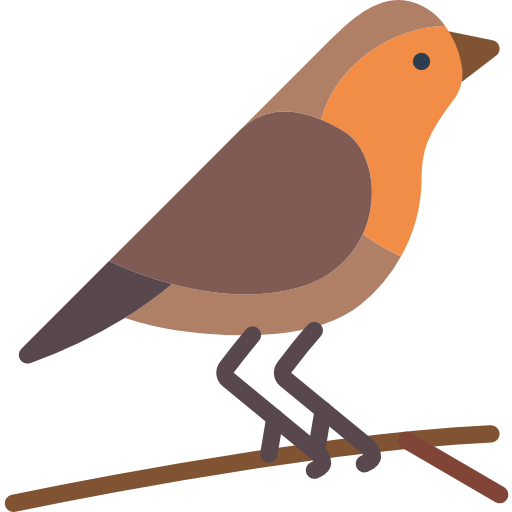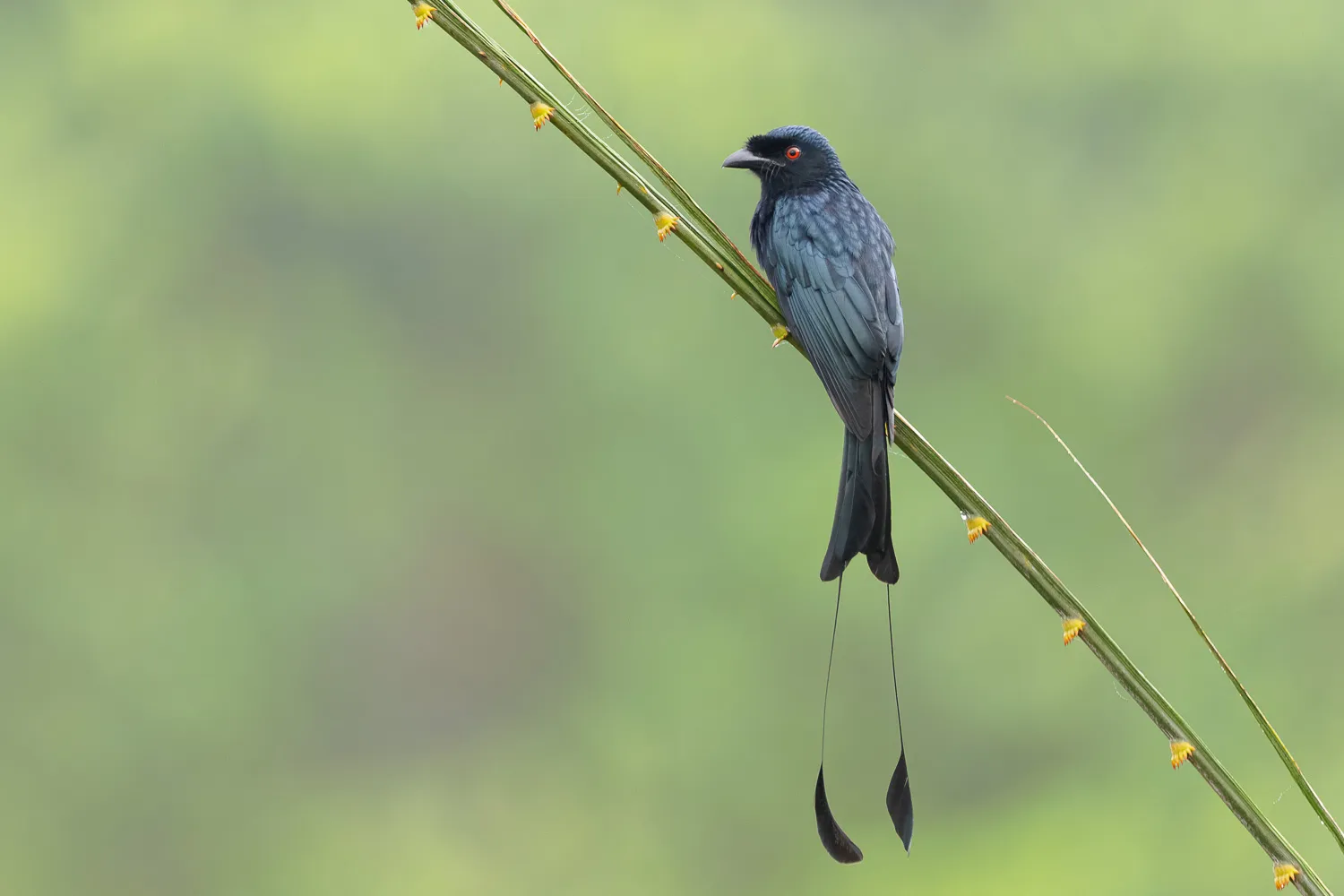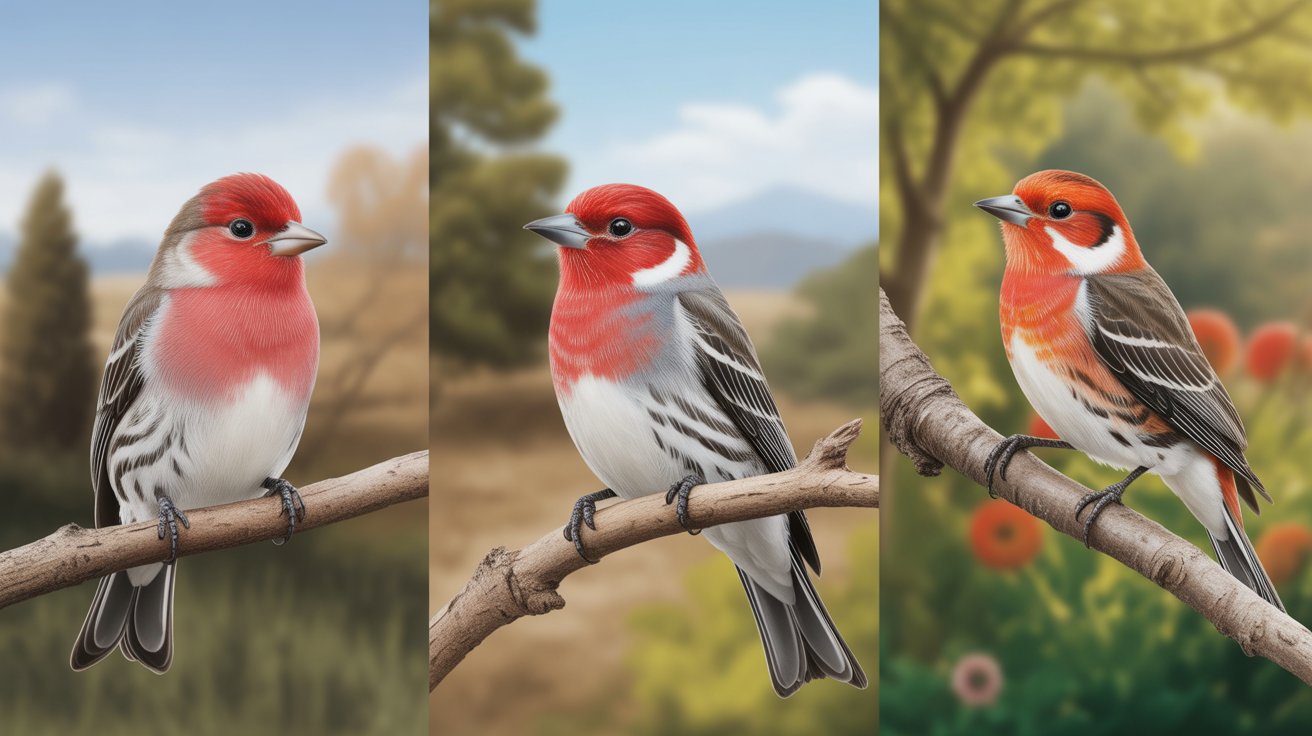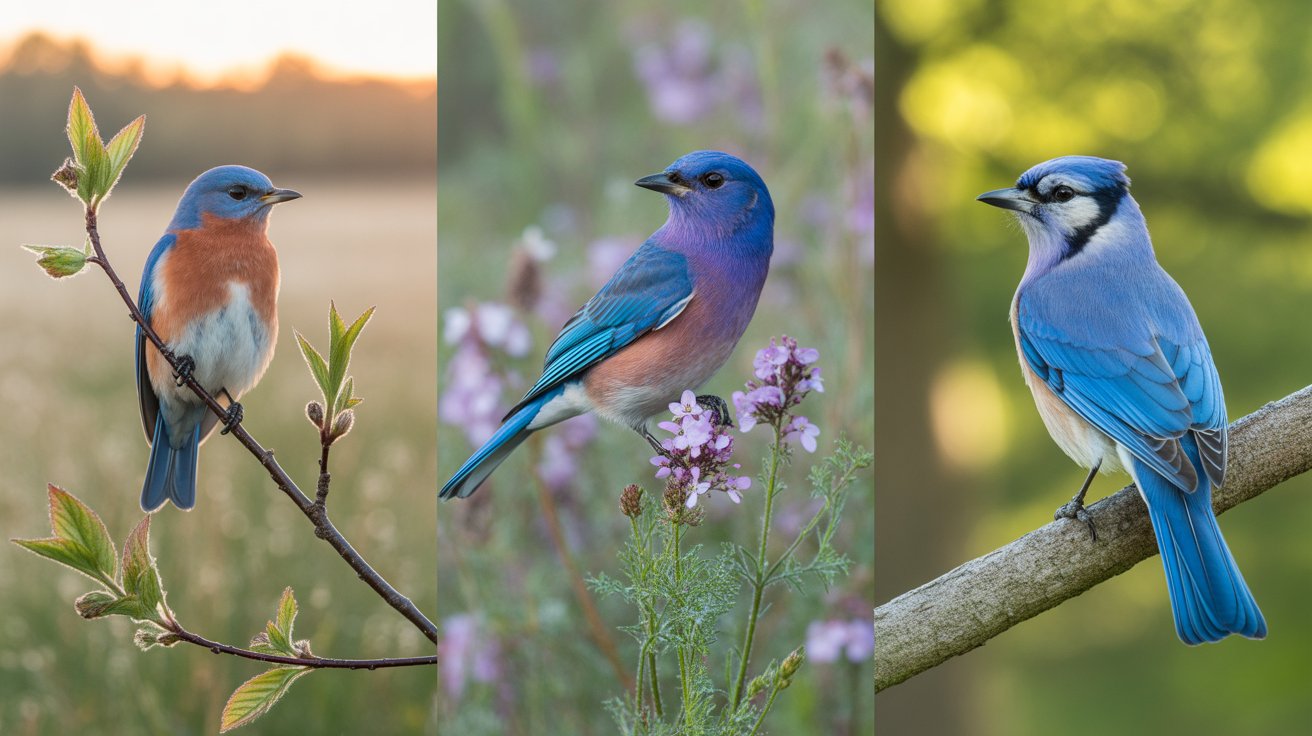If you’ve ever taken a walk through the lush forests of South or Southeast Asia and heard a variety of bird calls—some of which don’t seem to match the birds you’re seeing—you might have encountered the brilliant Greater Racket-tailed Drongo. This bird isn’t just a feast for the eyes; it’s also one of nature’s best mimics, often impersonating other species to perfection.
You’ll recognize the Greater Racket-tailed Drongo by its glossy black feathers and, of course, the distinctive long tail with two “racket-shaped” feathers trailing behind. It’s a bird that knows how to stand out. But there’s much more to this striking creature than just its looks.
In this guide, you’ll explore everything you need to know about the Greater Racket-tailed Drongo—from its stunning physical traits and fascinating behavior to its habitats and breeding patterns. Whether you’re a birdwatching enthusiast or just curious about the natural world, this bird is sure to impress you with its intelligence and beauty.
Let’s dive in and discover what makes this bird such a captivating part of the avian world.
Greater Racket-tailed Drongo (Dicrurus paradiseus)
Scientific Classification
- Common Name: Greater Racket-tailed Drongo
- Scientific Name: Dicrurus paradiseus
- Family: Dicruridae
- Order: Passeriformes
- Genus: Dicrurus
- Species: paradiseus
The Greater Racket-tailed Drongo belongs to the family Dicruridae, which includes other drongos known for their glossy plumage and vocal mimicry skills. This species is one of the largest and most visually distinct members of its family.
Physical Description
The Greater Racket-tailed Drongo is unmistakable once you’ve seen it. This bird measures about 28–32 cm (11–13 inches) in body length, but the long tail streamers can extend its full length to up to 70 cm (27 inches). Its average weight is around 80–120 grams, depending on age and region.
One of the most eye-catching features is its tail. The outer tail feathers, called “rackets,” have bare shafts with flat, oval tips, giving them a unique shape and fluttering motion during flight.
The bird’s plumage is an iridescent black, shimmering with blue and green hues in bright sunlight. It also sports a slightly curved black beak, which is stout and strong—perfect for its insectivorous diet. Above its head is a prominent crest of curled feathers, often raised when the bird is excited or calling.
The eyes are a deep reddish-brown, giving the bird a fierce yet intelligent look. Both males and females look similar, though males are generally slightly larger and more showy.
Habitat and Distribution
You’ll find the Greater Racket-tailed Drongo across a wide range in South Asia, Southeast Asia, and parts of the Himalayan foothills. Its range includes countries like India, Nepal, Bhutan, Myanmar, Thailand, Malaysia, Indonesia, and parts of southern China.
This bird prefers dense forests, open woodlands, bamboo groves, and even plantations. It’s highly adaptable and often follows mixed-species foraging flocks, making it a regular sight in both primary and secondary forests.
While it’s a forest bird by nature, it’s not shy of human presence and can often be found near villages or even urban parks with sufficient tree cover.
Behavior
You’ll be amazed at how clever and confident this bird is. The Greater Racket-tailed Drongo is extremely intelligent, with a reputation for being bold and fearless. It often chases away much larger birds, like crows or raptors, from its territory.
But what really sets it apart is its ability to mimic the calls of other birds. You might hear it imitate a laughing thrush, a myna, or even man-made sounds like whistles or phone rings. This mimicry isn’t just for fun—it often helps the bird trick others into leaving food behind or alerting the flock to false alarms.
This species is diurnal and highly active during the day. It loves perching on open branches, watching for insects, and swooping down with agile precision to snatch its prey.
Diet
If you’re curious about what this bird eats, you’ll be impressed by its varied diet. The Greater Racket-tailed Drongo primarily feeds on insects like beetles, grasshoppers, ants, and termites. It also eats small reptiles, spiders, and sometimes even nectar or fruits.
Thanks to its excellent mimicry skills, it often joins mixed-species flocks and takes advantage of disturbed prey. It’s not uncommon for the drongo to fake alarm calls to scare other birds away and steal their catch—a behavior known as kleptoparasitism.
The bird hunts both in flight and by gleaning insects from leaves and bark, showcasing remarkable agility and sharp vision.
Breeding and Nesting
Breeding season varies by region but generally falls between March and July. During this time, you’ll notice males become more vocal and display their long tail feathers in dramatic courtship flights.
The drongo builds a cup-shaped nest high in the trees, often in the fork of a branch. It’s made of twigs, roots, and cobwebs to bind the materials together. The nest is well-camouflaged and protected by the male, who is aggressive toward any intruder.
A typical clutch consists of 2 to 4 pale cream-colored eggs with reddish-brown spots. Both parents participate in incubation, which lasts about 14 to 16 days. After hatching, the chicks are fed by both parents and fledge around 20 days later.
Interesting Facts
- Master Mimic: The drongo can imitate more than 20 species of birds—and even human-made sounds.
- Fearless Attitude: It’s known to attack much larger birds to defend its nest.
- Mixed Flock Leader: This bird often leads or joins flocks of different bird species, providing them with alarm calls in exchange for feeding opportunities.
- Cultural Significance: In Indian folklore, the drongo is often seen as a clever and cunning bird.
- Tail Shape Unmatched: The “racket” shape of its tail feathers is unique among drongos and one of the most distinctive in the bird world.
Frequently Asked Questions
1. Where can I spot a Greater Racket-tailed Drongo in India?
You can find them in the Western Ghats, Northeastern India, the Himalayan foothills, and even in some well-wooded urban areas.
2. Is the Greater Racket-tailed Drongo endangered?
No, it’s listed as Least Concern on the IUCN Red List, thanks to its wide distribution and stable population.
3. Why does the drongo mimic other birds?
It mimics other birds to communicate, protect its territory, or trick others into abandoning their food.
4. How long does the Greater Racket-tailed Drongo live?
In the wild, it can live around 10 to 15 years, though exact data is limited.
5. Do both male and female drongos have racket-shaped tails?
Yes, though males usually have longer and more pronounced rackets compared to females.
Conclusion
The Greater Racket-tailed Drongo is more than just a pretty bird with an impressive tail. It’s an intelligent, bold, and adaptive creature that plays a unique role in the ecosystem. From its ability to mimic dozens of bird calls to its stylish plumage and daring behavior, the drongo truly stands out in the avian world.
Whether you’re spotting one in the forest or listening to its impressive calls, the experience is unforgettable. It serves as a reminder of just how clever and surprising nature can be. So next time you’re out birdwatching, keep your eyes and ears open—you might just be lucky enough to witness this bird’s dramatic flair and vocal talents firsthand.







